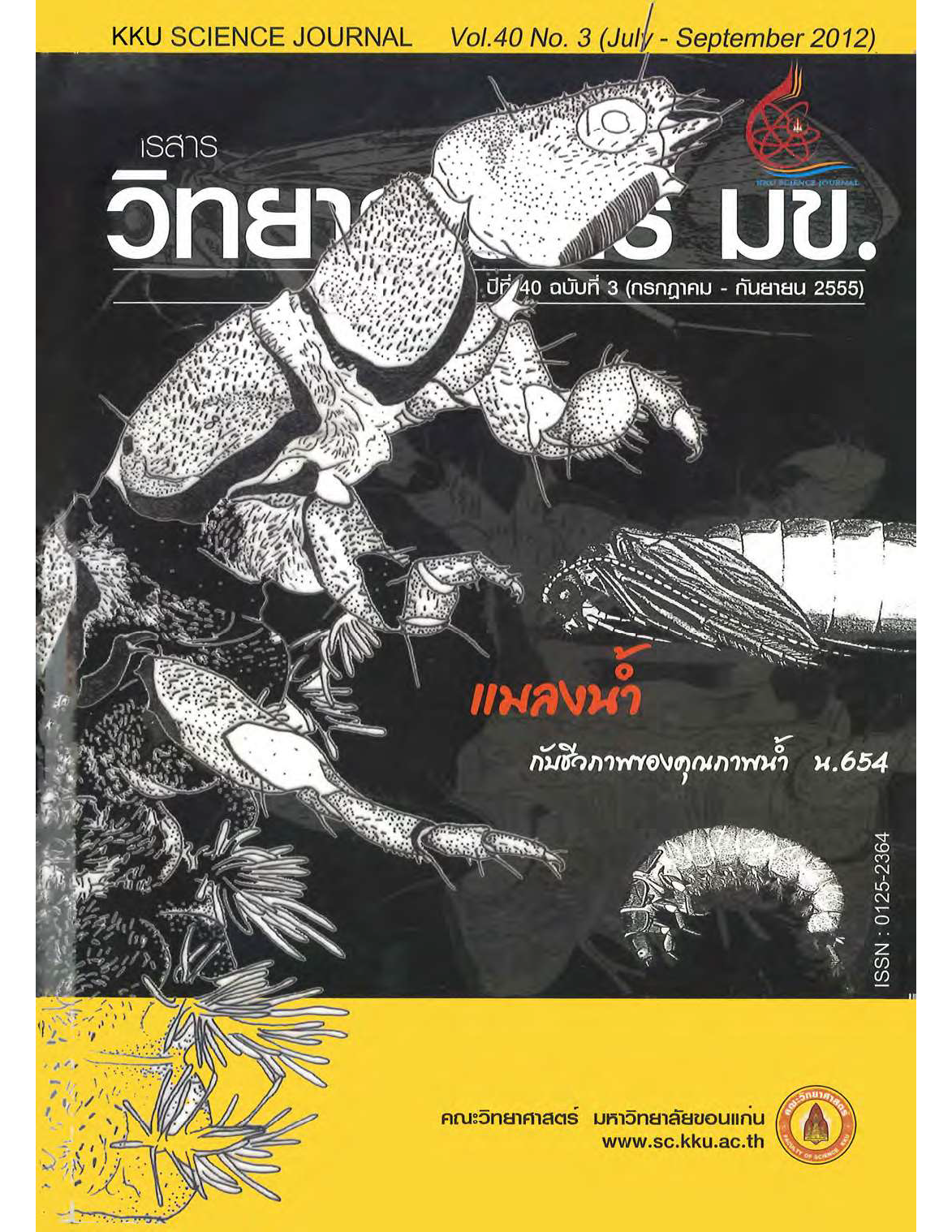The Significance of Clostridium perfringens in Food Safety
Main Article Content
Abstract
Clostridium perfringens has been recognized as one of the most important bacteria causing a broad spectrum of human and foodborne diseases in many countries. Illness results when a large number of bacteria are consumed (> 105 cells), particularly in association with spore contaminated food. Spores survive extremely harsh conditions, including food processing such as boiling for over 1 hour and long term persistence in foods. Sporulation occurs when bacteria grow in the intestines of both human and animals. C. perfringens cells release an enterotoxin (CPE) when cell lysis resulting in diarrhea symptoms. Both cells and spores are widely distributed in the environment such as soil, dust and vegetation. Soil is regarded as a major habitat and a direct source of contamination into foods. Previous research reported C. perfringens spores have been detected in food samples (103 - 104 spores/g) especially in spices, milk powders or flours. Moreover, food processing facilities (equipments, machines and wash water) are also reported as the habitat of this organism, which lead to many problems in food industries. Therefore, it is very importance and challenge to reduce or inactivate C. Perfringens cells and spores contaminated in foods and agricultural products. Oxidizing agents as the sanitizers in washing step may be the alternative way to assist the control measure of C. perfringens illnesses. However, the food safety strategies such as GMP and HACCP are the food safety management system to prevent the contamination of C. perfringens in foods.
Article Details

This work is licensed under a Creative Commons Attribution-NonCommercial-NoDerivatives 4.0 International License.


